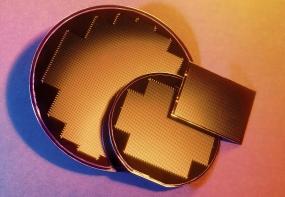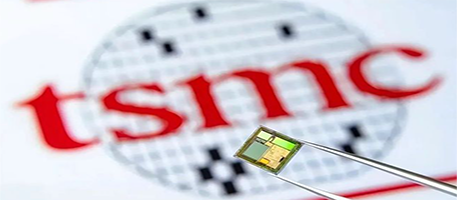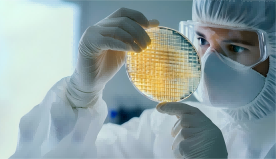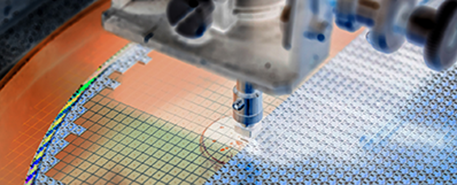The global semiconductor market will show eight development trends in 2024
According to the latest research of market research institute IDC, with the explosive growth of global artificial intelligence (AI) and high efficiency computing (HPC) demand, as well as the demand for smart phones, personal computers, servers, automobiles and other markets, the semiconductor industry will usher in a new wave of growth. The agency predicts that the semiconductor market will show eight development trends in 2024.
The semiconductor market will recover in 2024. The increase in product prices driven by the reduction in the memory market in 2024, coupled with the increase in the penetration of high-price high-bandwidth memory (HBM), will be the driving force for market growth. With the gradual recovery of the terminal market, AI chips are in short supply, and the semiconductor market sales are expected to show a growth trend in 2024, with an annual growth rate of 20%.
Advanced driver assistance systems and automotive infotainment systems are driving the automotive semiconductor market. Although the growth rate of the vehicle market is limited, the trend of automotive intelligence and electrification is obvious, which injected driving force into the semiconductor market. Advanced driver assistance systems are expected to grow at a compound annual growth rate of 19.8% in 2027, accounting for 30% of the automotive semiconductor market in that year. Driven by automotive intelligence and networking, the compound annual growth rate of this segment will reach 14.6% in 2027, accounting for 20%. More and more automotive systems will rely on chips, and the demand for semiconductors is growing steadily.
Semiconductor AI applications extend to personal terminals. With the advancement of semiconductor technology, it is expected that more and more AI functions will be integrated into personal terminals in 2024, and AI mobile phones, AI personal computers, and AI wearable devices will rise. Personal terminals will have more innovative applications after the introduction of AI, and the demand for semiconductors will further increase.
IC design "destocking" is gradually ending. IC design products in the Asia-Pacific region are extensive and diverse, and the application scope is all over the world, although the market performance in 2023 is relatively flat because of the long process of "destocking", the industry is still resilient under the influence of multiple pressures, and actively explore ways to innovate and break through. In addition to continuing deep cultivation in the smartphone field, companies have cut into the AI and automotive application circuit in order to adapt to the rapidly changing market environment. With the gradual recovery of the global personal terminal market, there will be new growth opportunities in this segment, which is expected to grow by 14% in 2024.
The demand for advanced wafer foundry processes is growing rapidly. The foundry industry is affected by market inventory adjustment, and the utilization rate of 2023 annual production capacity has declined sharply, especially the decline in demand for mature processes above 28nm is more obvious. However, affected by the recovery of demand for some consumer electronics and the boost of AI outbreak demand, 12-inch fabs have gradually recovered in the second half of 2023. With the acceleration of the leading players and the gradual recovery of end demand, this segment will achieve double-digit growth in 2024.
Mature process price competition will intensify. From the second half of 2023 to the first half of 2024, industrial control and automotive chips have a demand for "destocking" in the short term, and these two areas of chips are dominated by mature process mass production, which will allow mature process foundries to regain the bargaining power.
The 2.5/3D packaging market has exploded. The performance of semiconductor chips continues to improve, advanced packaging technology is becoming increasingly important, advanced packaging and advanced process technology complement each other, continue to promote the industry to break through the boundary of Moore's Law, so that the semiconductor industry has a qualitative improvement, thus promoting the rapid growth of the market. It is expected that from 2023 to 2028, the compound annual growth rate of 2.5/3D packaging market will reach 22%, which is the direction that the semiconductor packaging and testing field needs to focus on.
Capacity expansion in the wafer-scale packaging (CoWoS) supply chain has led to ample supply of AI chips. The wave of AI has led to a surge in server demand, and CoWoS, an advanced packaging technology, plays an important role. At present, the CoWoS supply and demand gap is still 20%. By the second half of 2024, CoWoS production capacity will increase by 130%, when more manufacturers actively invest in CoWoS supply chain, these factors will promote 2024 AI chip supply more adequate, become an important driving force for the development of AI chips.








